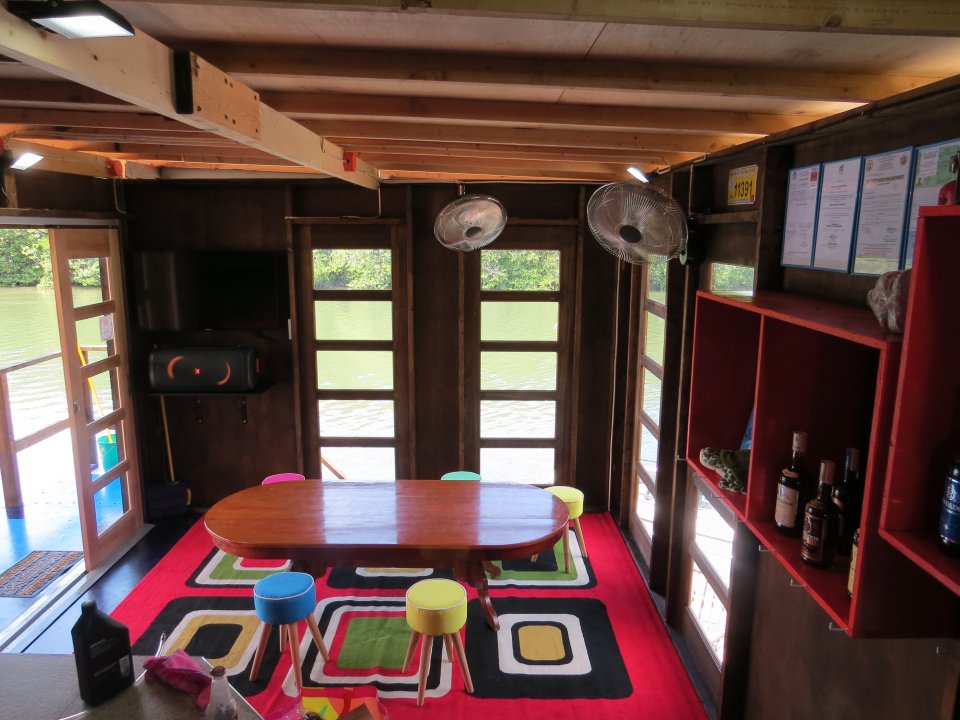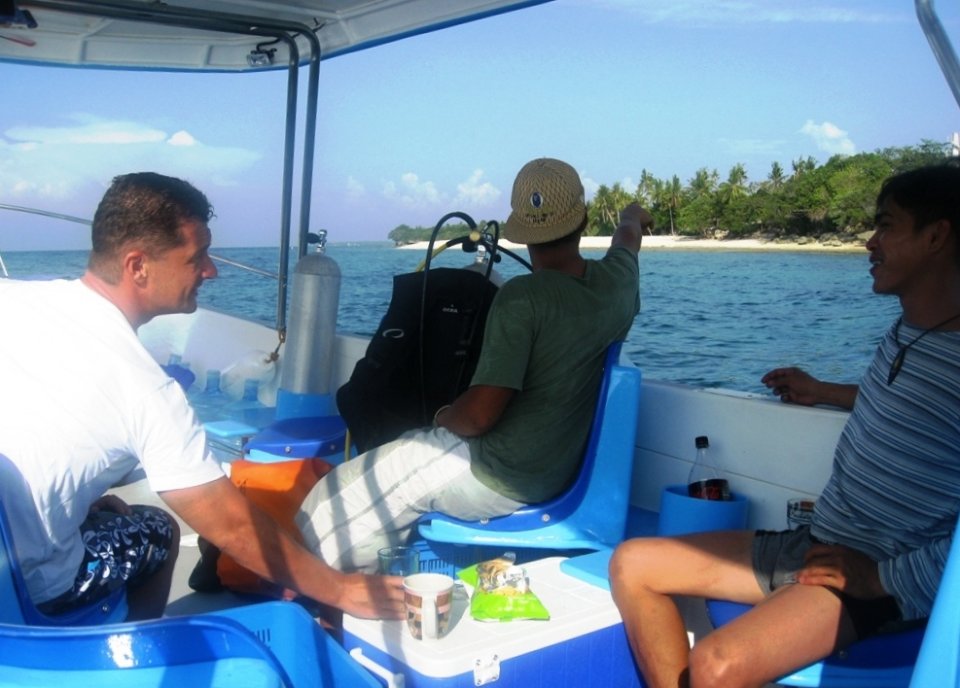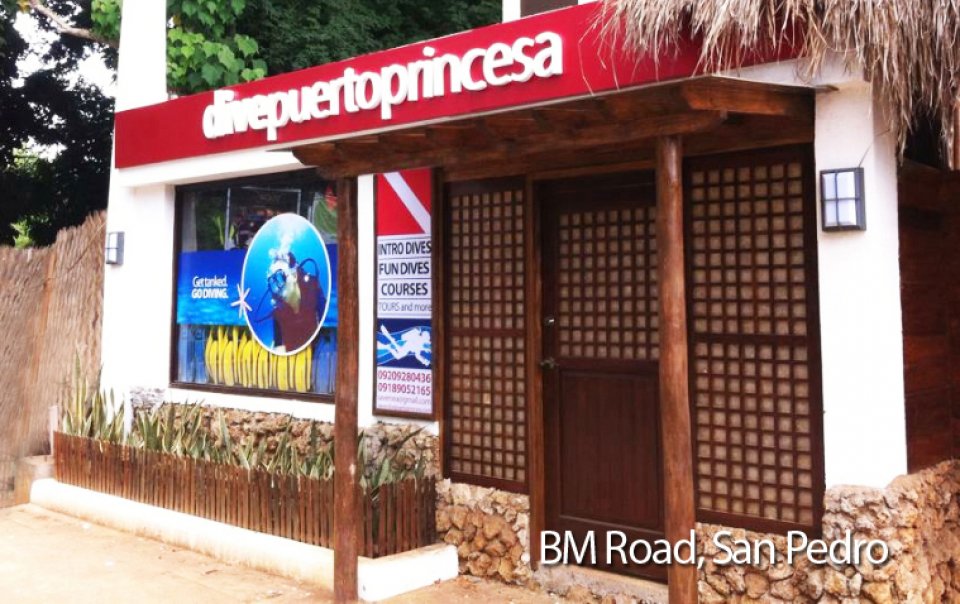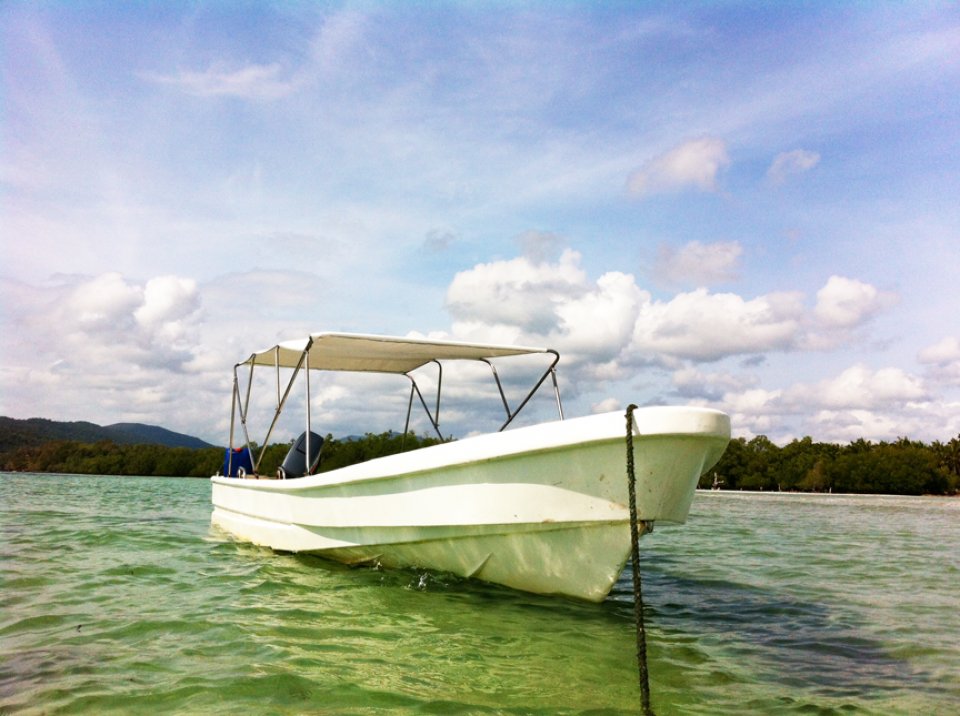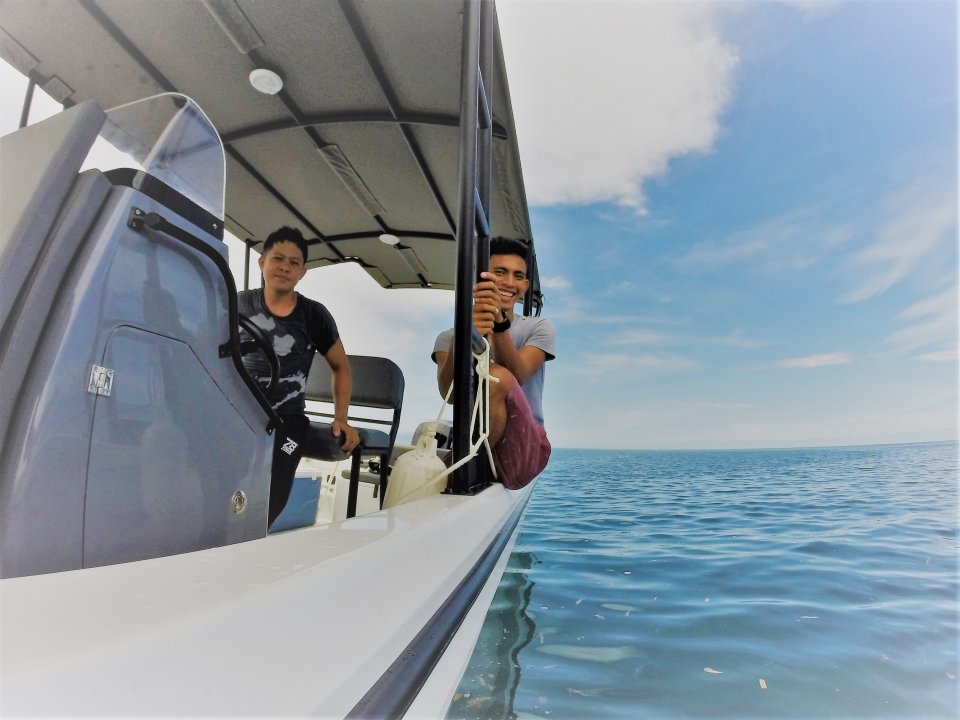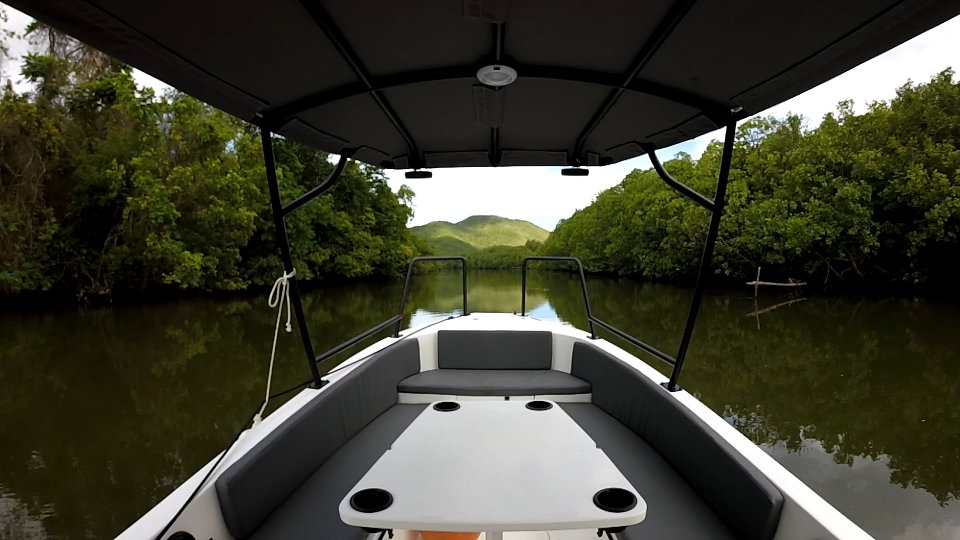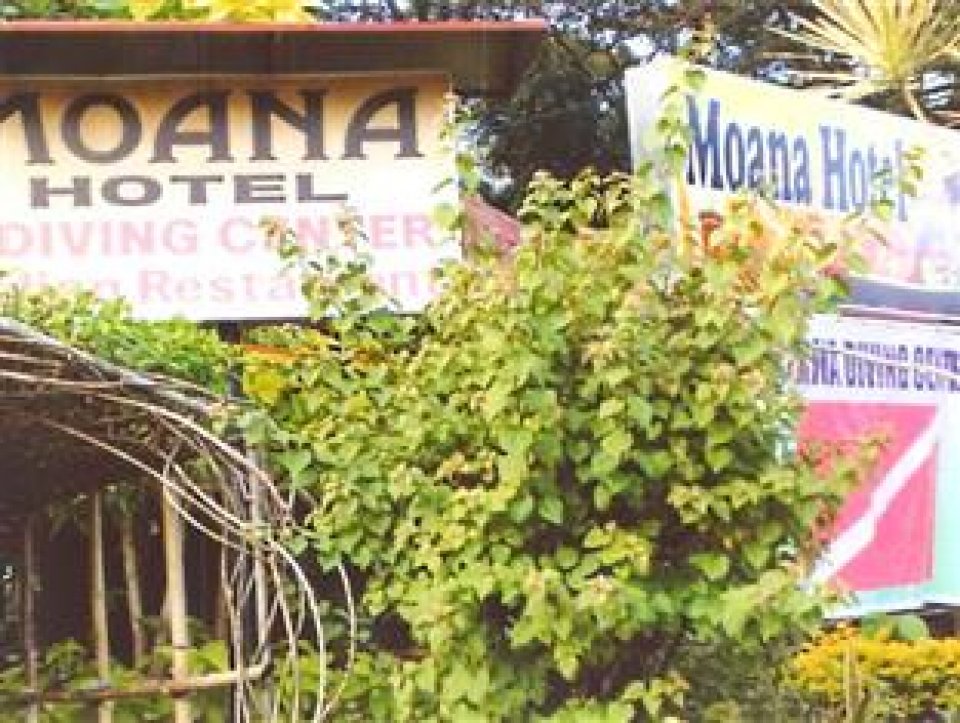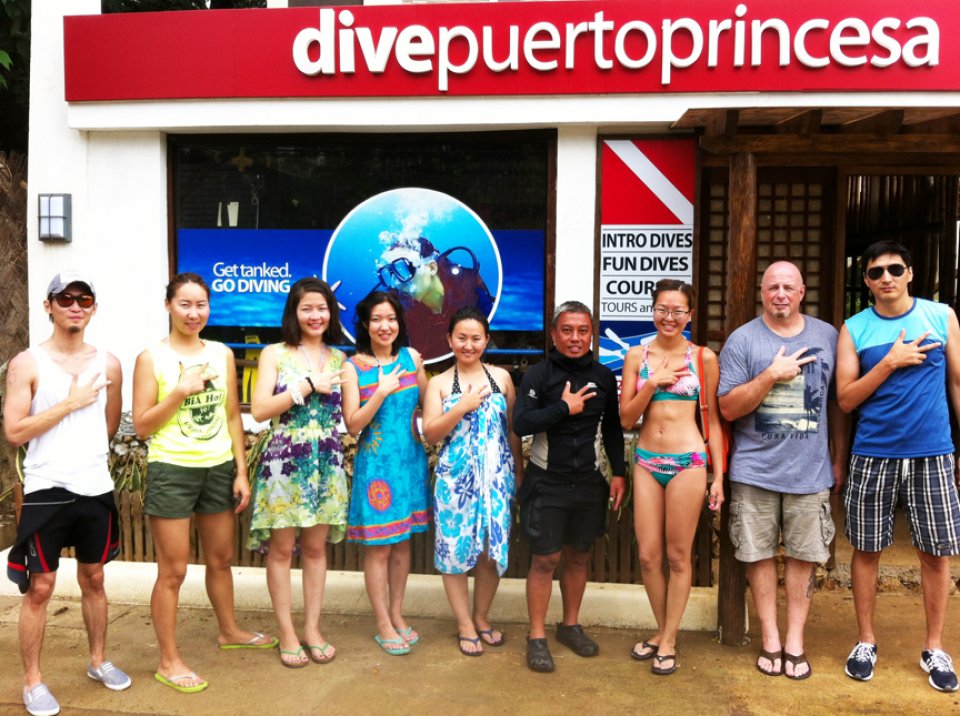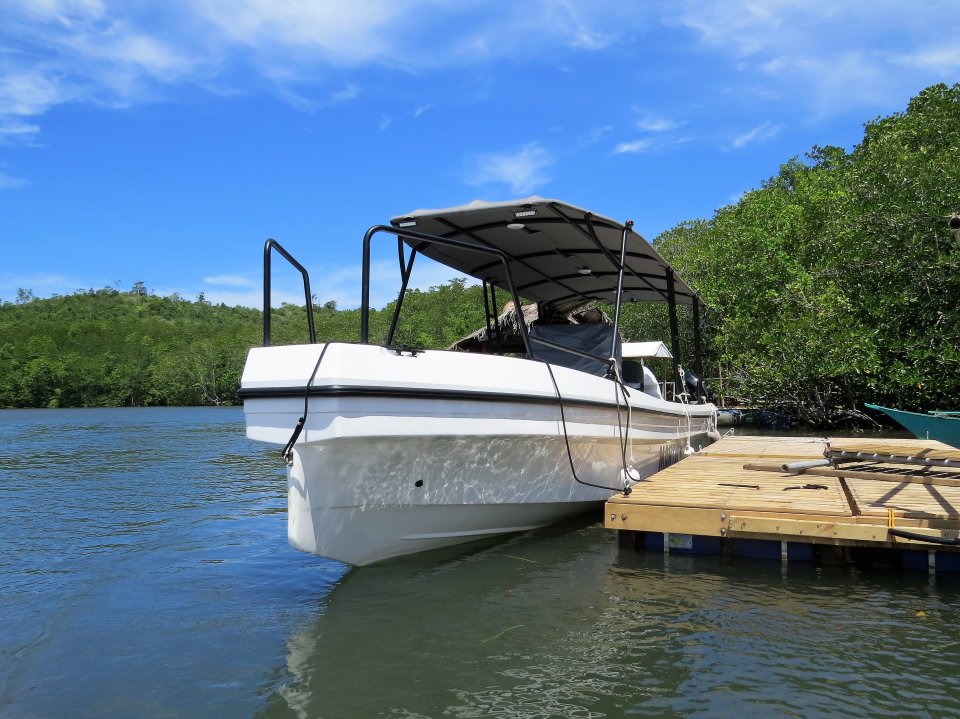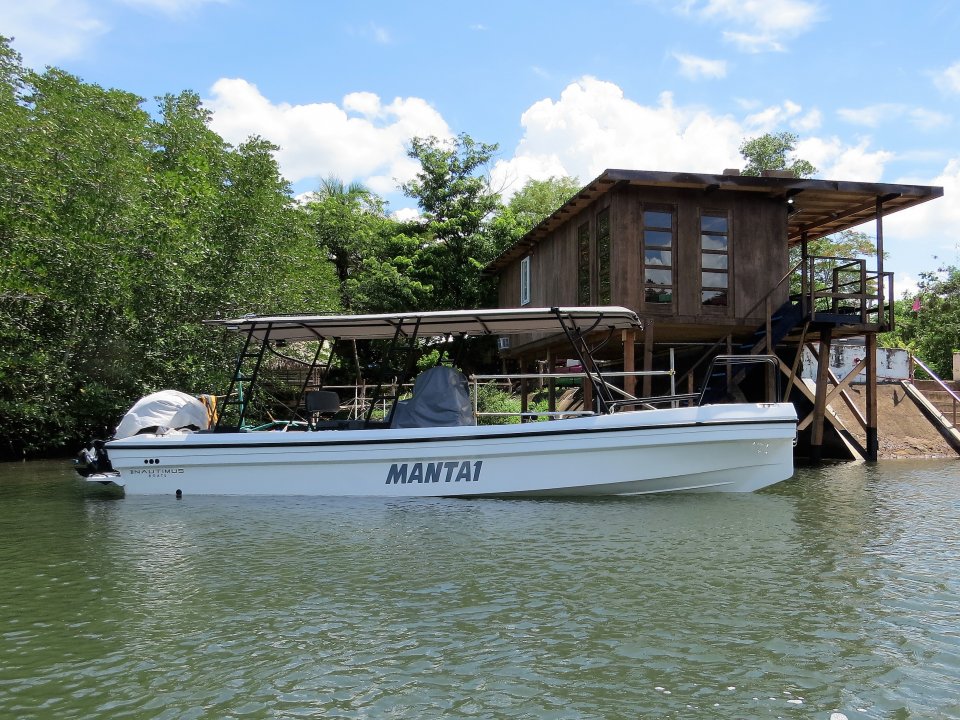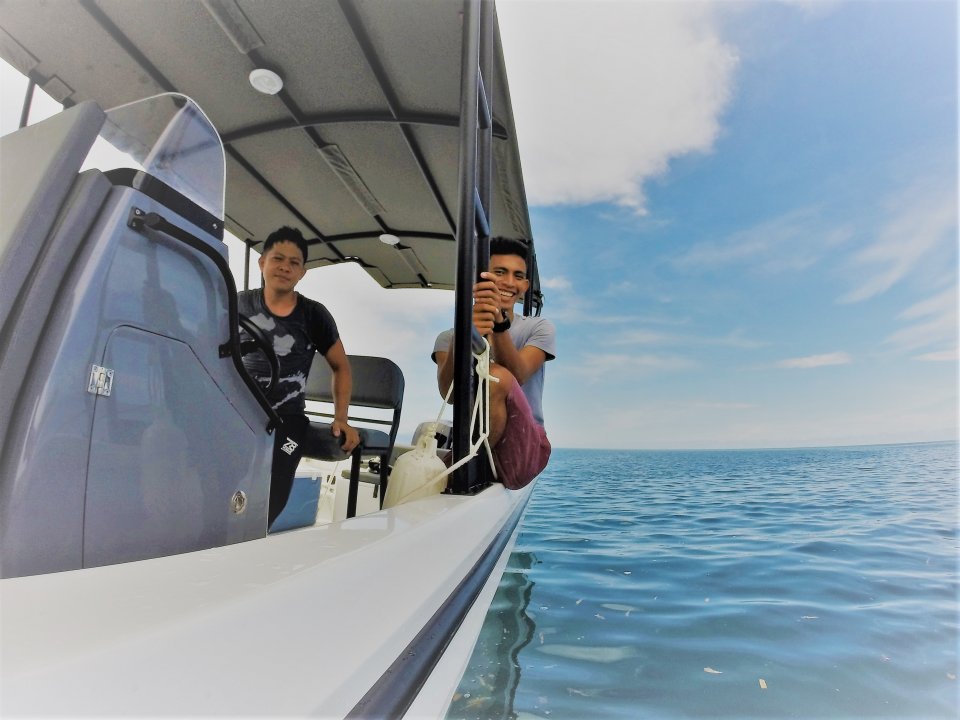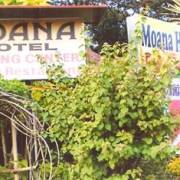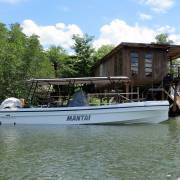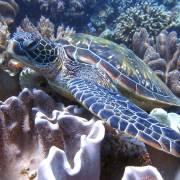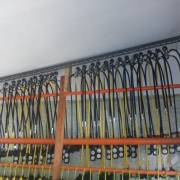Dive in Puerto Princesa
Diving packages in Puerto Princesa
-
Rescue Scuba Diver
4 days The rescue certification course is designed to develop the knowledge and necessary skills for an individual to effectively perform diver rescues and assists, and administer necessary first aid. You will learn skills such as how to perform self rescues, buddy rescues, recognize and calm potential panic divers, administer proper first aid to divers that have experienced dive related…306 $ More Information -
Scuba Review Program (Refresher Course)
What will you learn? You’ll go over important dive safety concepts, dive planning essentials and problem management. Your PADI Professional will have you practice putting your gear together and doing a predive safety check with your buddy. In the water, you’ll review all the basic scuba skills with a focus on good buoyancy control. Who should take this program? Haven’t been scuba…96 $ More Information -
Fun Dives
For certified divers who want to explore different dive sites in the Sulu Sea, side of Puerto Princesa City. Visibility can reach 30-35 meters at its best, and 15 meters at its worst. Sloping reefs, sandy patches, crevices, wall, rock formations, are some of its characteristics. Coral growth is very good and the density and size of fish species (territorials and pelagic) is abundant. Includes two…76 $ More Information -
Morning 2 Dives Package Nagtabon
Our packages include: 2 guided dives from boat in China sea, professional dive guide, hot and cold drinks, biscuits and entry fees.For certified divers only.68 $ More Information -
Jungle River Cruise
Jungle River Cruise & Snorkeling Trip 3 hour Join-In Jungle River Cruise! Mangroves are only found in tropical and subtropical brackish waters where marine and river waters mix. Take a leisurely river cruise through the mangrove forest on our luxury Speed Boat! Spot an "unggoy" the Philippine long-tailed macaque is a subspecies of the crab-eating macaque and look out for other jungle creatures…24 $ More Information
Diving in Puerto Princesa

Puerto Princesa is a tourist hub: once here they proceed almost immediately to points of destination to dive in Coron Islands, dive in Busuanga, dive in El Nido, dive in Roxas, and other equally magnificent tourist and dive spots tucked away in the more than 1,700 islands of Palawan.
Ninety-eight nautical miles off Puerto Princesa lay Tubbataha Reefs National Marine Park, a 33,000-hectare coral atoll in the Sulu Sea. This second World Heritage site is the home of enumerable species of reef fishes, sea turtles, manta rays and dugongs. Because of its teeming marine life, and coral formation of exceptional beauty, this marine park is the diving destination of choice in Palawan by professional divers.
Closer to home, in the mid-eastern coast of Puerto Princesa, dive enthusiasts also flock to Honda Bay where dive sites equally well-known for their good reefs and coral boulders such as Panglima Reef, Arreceffi and Pandan islands are located.
Puerto Princesa beckons to all of us who appreciate the eternal beauty and wonders of Nature to take care of our environment so that our succeeding generations will have something to remember us by.

Travel to Puerto Princesa

Scuba divers, backpackers, trekkers, bird watchers, spelunkers, explorers, they all come to Palawan from all over the world to embark on the ultimate adventure of their lives in the deep recesses of nature. They arrive in droves at Puerto Princesa, and proceed almost immediately to points of destination to dive in Coron Islands, dive in Busuanga, dive in El Nido, dive in Roxas, and other equally magnificent tourist and dive spots tucked away in the more than 1,700 islands of Palawan.
However, those who do not have the time to journey to these remote islands can experience unforgettable terrestrial and aquatic adventures right in the heart of this capital city of Palawan! This is because Puerto Princesa is one of the biggest cities in the Philippines.
Seventy-five percent of its area is dense forest cover that holds the world’s biggest sanctuary of old and replanted trees. Few places on earth can match the distinction of this perennially green city of Palawan of having two World Heritage sites. St. Paul National Park, an ecosystem of more than 5,000 hectares of mountainous forests, mazes of caves, powdery white beaches and a spectacular 8-kilometer underground river that winds through St. Paul Mountain and empties to the South China. This subterranean pride of Puerto Princesa is reputedly the longest underground river in the world with its wide hallways, cathedral-like chambers and great pillars of centuries old limestone formations. To reach the mouth of the underground river you can either hike or take a boat.
To better see large monitor lizards darting about the rocks and bushes, and monkeys cavorting on the thick canopies of trees, the more adventurous choose to trek the winding wooden paths and bridges of the Monkey Trail that stabs deep into the jungle. The Park is the natural habitat of about 60 species of birds, many of which are endangered including the magnificent Palawan peacock.
